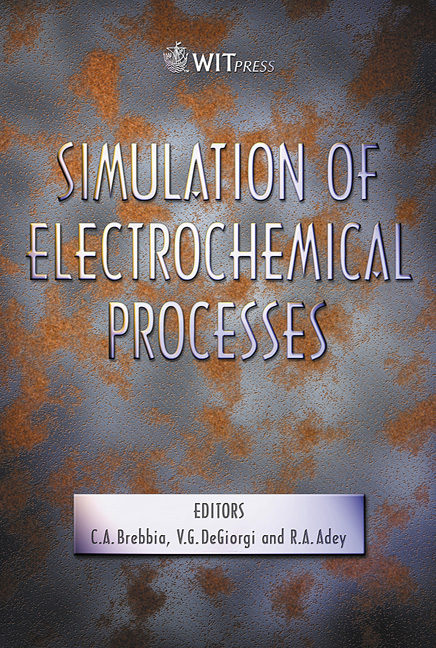Simulation Of The Formation Mechanism Of A Viscous Layer For The Electropolishing Process
Price
Free (open access)
Transaction
Volume
48
Pages
11
Published
2005
Size
1,327 kb
Paper DOI
10.2495/ECOR050201
Copyright
WIT Press
Author(s)
S.-J. Lee, J.-J. Lai & Y.-T. Lin
Abstract
Electropolishing (EP) is a surface finishing treatment method. The surface quality indices such as surface roughness, cleanness and corrosion resistance could be improved through this process. Because of these benefits, the electropolishing process is applied to fabricate high cleanness apparatus for semiconductor and optical pharmaceutical industries. Electropolishing is an electrochemical reaction process. The uniform and stable passive film is the key mechanism in enhancing the surface quality. However, the forming of passive film is influenced by the current distribution, fluid field and diffusion phenomena. Therefore, there are many defects such as pits, flow marks and scrape which could be found after the electropolishing process. These defects destroy the uniformity of the surface quality and induce local corrosion. The goal of this study is aimed at simulating the formation of a viscous layer and establishing numerical a model to predict its thickness and uniformity. In this study, the commercial software of FEMLAB was employed to establish a multi-physics model which contained the effects of fluidity and diffusion. The mechanism of passive film formation, the influence of fluid velocity and the thickness variation of the viscous layer were investigated through numerical simulation. Keywords: electropolishing, passive film, numerical simulation, multi-physics. 1 Introduction The electropolishing is a precision surface finishing treatment method. It could enhance the cleanliness and smoothness of a specimen. The thin passive film formed on the surface will also improve its corrosion resistance [1-3]. The
Keywords
electropolishing, passive film, numerical simulation, multi-physics.





